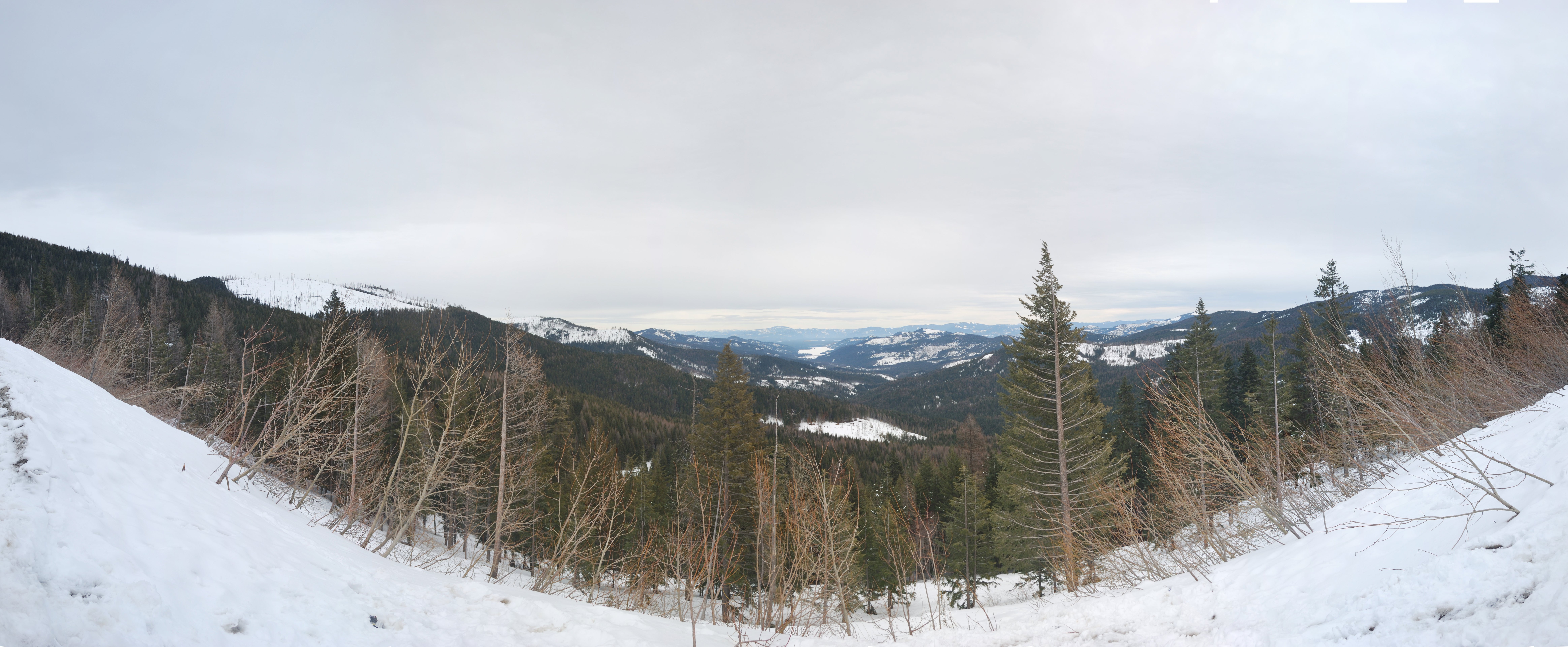Spokane, WA: Inland Northwest Snow Report

'Mt. Spokane showcases an abysmal winter snowpack [James Hawley / Flickr]'
People all over the Inland Northwest are talking about how abnormal the winter weather has been this year. This past week temperatures flirted with record highs, and just the other day I went for a jog in a t-shirt. Take a glance at some of the area’s iconic mountains—Mt. Spokane, Mica Peak, Moscow Mountain—and it’s obvious that the snowline is behaving unnaturally this year, to say the least. What gives?
Data from the Natural Resource Conservation Serviceconfirmswhat many of us already know—our snowpack this winter is abnormally light.
But this year has been far from dry. If you take a look at theTOTALprecipitation that’s fallen this winter—not just current snowpack—the year looks much more typical.
The difference has been temperature. An abnormally high percentage of precipitation in the Inland Northwest has fallen as rain this winter, and recurrent warm stretches have spelled doom for the snow that has made it to the ground.
What does all this mean for recreation? Well, for one thing, many of the regional outlets for human-powered winter travel have been busts this year. Skiers and snowshoers visiting Fourth of July Pass, Palouse Divide, Moscow Mountain, Mt. Spokane State Park, and the Blue Mountains have encountered conditions for winter recreation ranging from poor to impossible. When planning a trip, it’s best to check beforehand with local land managers to make sure snow conditions are conducive to your activity.
The flip side of the mild winter is that many trails are open to hiking, trail running, and mountain biking that typically would be hidden under a thick blanket of powder at this time of year. Popular spots like Tubbs Hill and Kamiak Butte have remained accessible to the casual hiker for the majority of the winter, though ice and mud still remain a concern in some spots.
Does the mild winter mean that high, alpine trails will become accessible to backpackers earlier in the summer? Hikers disappointed with the poor ski/snowshoe season may understandably cling to this nugget of optimism, but it’s still too early to tell. Historically, some of the area’s biggest storms have occurred in March and April, and heavy spring snow can seriously alter the dynamics of the summer melt. Until then, we can only watch, wait, and take what Mother Nature gives us.